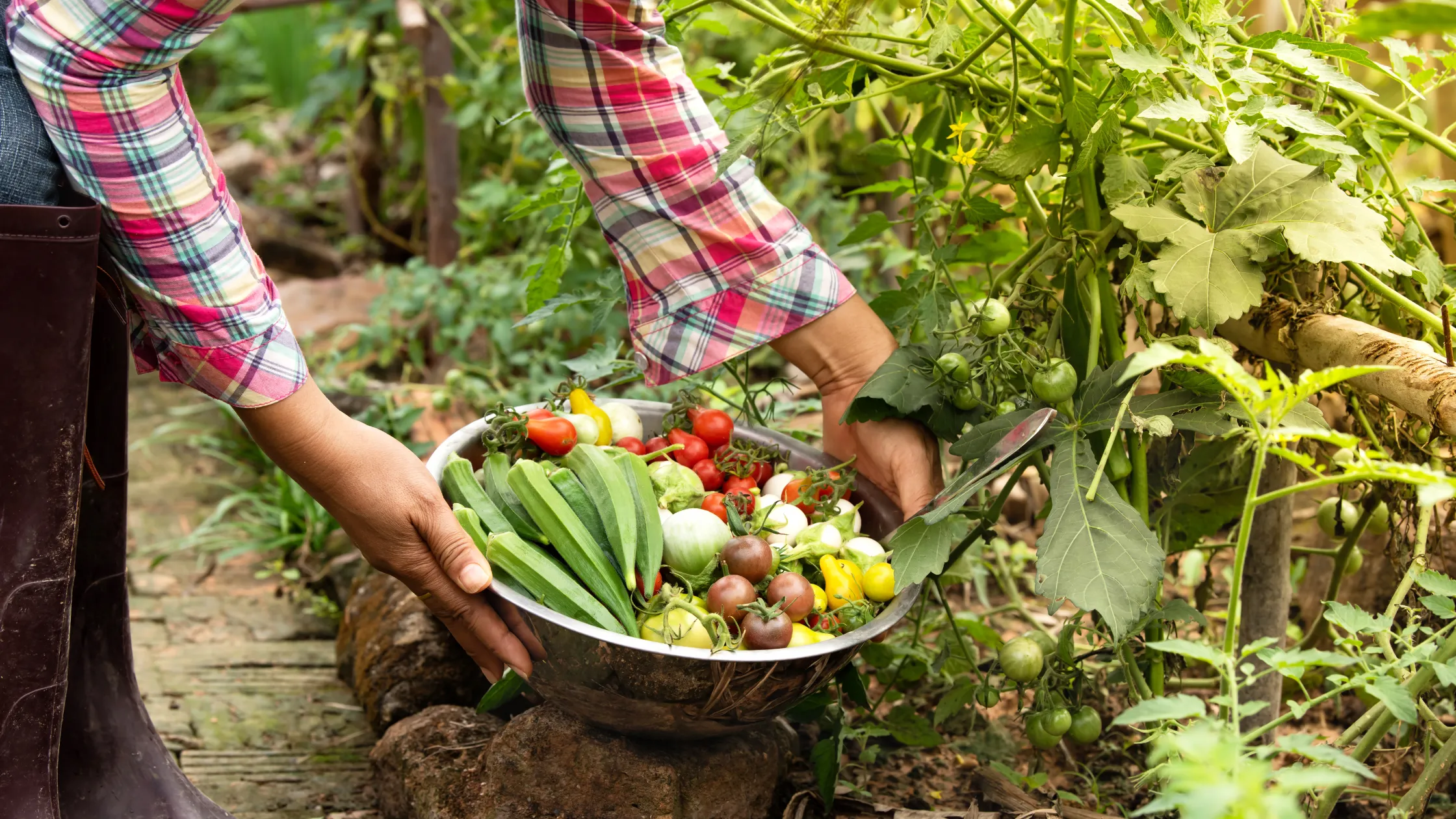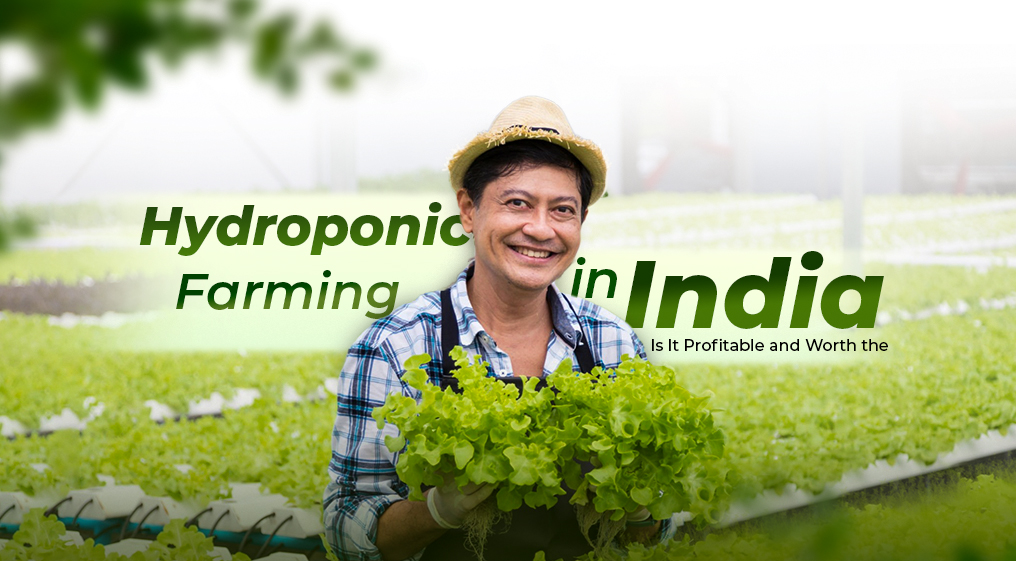What is Agroforestry?
Agroforestry is a land management technique that integrates trees, crops, and livestock within the same space, creating a sustainable environment. It is the inclusion of agriculture and trees, which involves the practice of planting trees on farms, farming in forests, and tree crop production ( like cocoa, coffee, and rubber).
The benefits a agroforestry include improvisation soil health, higher crop yields, and enhanced biodiversity, contributing to a more sustainable and resilient agricultural system. These practices involve renewable forest management and pave the way for a green economy.
It reduces environmental impact on land. Agroforestry can be beneficial for economic, environmental, and social periphery apart from production, the merits of agroforestry include improved farm productivity. Providing healthier environmental reduction of risk of farmers, aesthetics, increased farm profits, and reduced soil erosion. Establishing wildlife habitat, less pollution emissions, improving soil, and reducing carbon footprint.
Agroforestry practices are prevalent in the tropics, specifically in the small landholding areas. Agroforestry is inculcated in a poly culture system, which integrates trees with crops or pasture on the same land.
The integration of trees into the vegetation leads to the development of an agroecological space to grow natural vegetation, which shares principles with polyculture practices such as intercropping. Agroforestry utilizes nitrogen-fixation plants such as legumes to restore soil nitrogen fertility.
An agroforestry system provides an advantage over conventional agriculture and forest production methods. Agroforestry is crucial for biodiversity for different reasons. It provides a diverse habitat as compared with a traditional agricultural system, in which trees create an ecological niche for a wide range of organisms.
Ultimate Theory Organic Farming System:
An organic farming system is a natural phenomenon of carrying out the irrigation process without using chemical fertilizers, which uses ecologically based best control and biological fertilizers, which are derived from animal and plant wastes and nitrogen-fixing cover crops.
The recent modernized organic farming system was developed as a response to environmental agriculture and has numerous ecological benefits. As compared with traditional agricultural organic farming uses fewer pesticides, which reduces soil erosion, decreases nitrate leaching into groundwater.
The inception of the ideology of organic agriculture developed in the early 1900s by Sir Albert Howard, who believed in the perception of using animal manures, cover crops, crop rotation, and biological which created better farming practices.
The organic matter can be applied through the application of manure, compost, and animal by-products, for example, feather meal or blood meal.
The compost adds organic matter, which provides a wide range of nutrients to the plants. Soil microbes are needed to break down the organic matter and transform it into a mineralised state.
The organic pesticides are derived from natural sources, which include bacteria Bacillus Thuringienis or plant-derived pyrethrins or neem oil, minerals based in organic pesticides such as sulfur or copper.
Benefits of Agroforestry
Agroforestry brings forth numerous benefits, which include biodiversity, improved soil health, increased productivity, and climate change mitigation.
- Biodiversity flourishing: The agroforestry system provides a diverse range of plant and animal species, developing habitats that promote ecological balance, which may provide a more holistic and resilient ecosystem.
- Improving the soil health: The integration of trees and shrubs in green vegetation helps to enhance the soil fertility through nitrogen fixation and organic matter addition.
- Water management: The practice of agroforestry encapsulates water resources management and prevents soil erosion. Trees capture, store, and utilize water resources.
- Agroforestry: can strengthen the community bonds by promoting community farming practices.
- Agroforestry is deeply penetrated: It’s deeply rooted in the ancient traditional cultural practices, which help in retaining the local heritage and promote sustainable land management.
- Agroforestry promotes sustainable agricultural practices, which can lead to eco-viability for farmers. It promotes efficient utilization of land and resources, which reduces dependency on other outward inputs.
- Agroforestry systems are proven to be more resilient to climate extremes, and the resilience is crucial for food security and rural livelihood.
- Agroforestry promotes sustainable agricultural practices that can lead to economic viability for farmers.
Sustainable Land Management System:
The UN defines sustainable land management as the use of land resources, which includes soil, water, animals, and plants, needed for the production of goods to meet human needs, while ensuring the long-term potential of these scarce resources and the maintenance of the balance of the environmental functions. By adopting an appropriate land use system through the right management practices, one enables the land user to maximise the economic and social benefit from the land while maintaining ecological balance.
Sustainable land management is a sustainable approach, such as soil and water conservation, and natural resource management. It involves a holistic approach to achieve productivity, and it contributes to sustainable and rural development.
Land degradation and desertification threaten the food security and livelihood of people. Land degradation may lead to a decline in agricultural production and loss of biodiversity and contributing to food shortage, food insecurity, chronic malnutrition, poverty, rural-urban migration, and increased vulnerability to climate change.
Sustainable land management plays the key role in this process, as it represents a holistic approach to preserve the vital functions and services provided by land in long–term affairs. It supports climate change adaptation and mitigation, and achieves co-benefits protecting the quantity and quality of the freshwater resources.
It supports the objective of the three Rio conventions ( UNCCD, UNFCCC, and CB) as it provides opportunities to collaborate and integrate approaches that contribute to the conventions, through its positive impacts on productivity, increased resilience to climate change.
Final Thoughts
Agroforestry is the interaction of agriculture and trees, which includes the trees and shrubs which includes the trees and shrubs. This accompanies trees on farms and in agricultural landscapes, farming in forests, along the forest margins, and tree crop production, including cocoa, coffee, rubber, and oil palm.
Agroforestry involves a wide range of trees that are planted or managed in agricultural fields, as they deal with the annual crop, livestock, wildlife, and humans. Organic farming is the need of the hour, which relies upon a natural form of farming that includes manures, crop rotation method, and composts, which helps in mitigating climate change and bringing resilience in the economic production of crops. They are vital for human sustenance.



